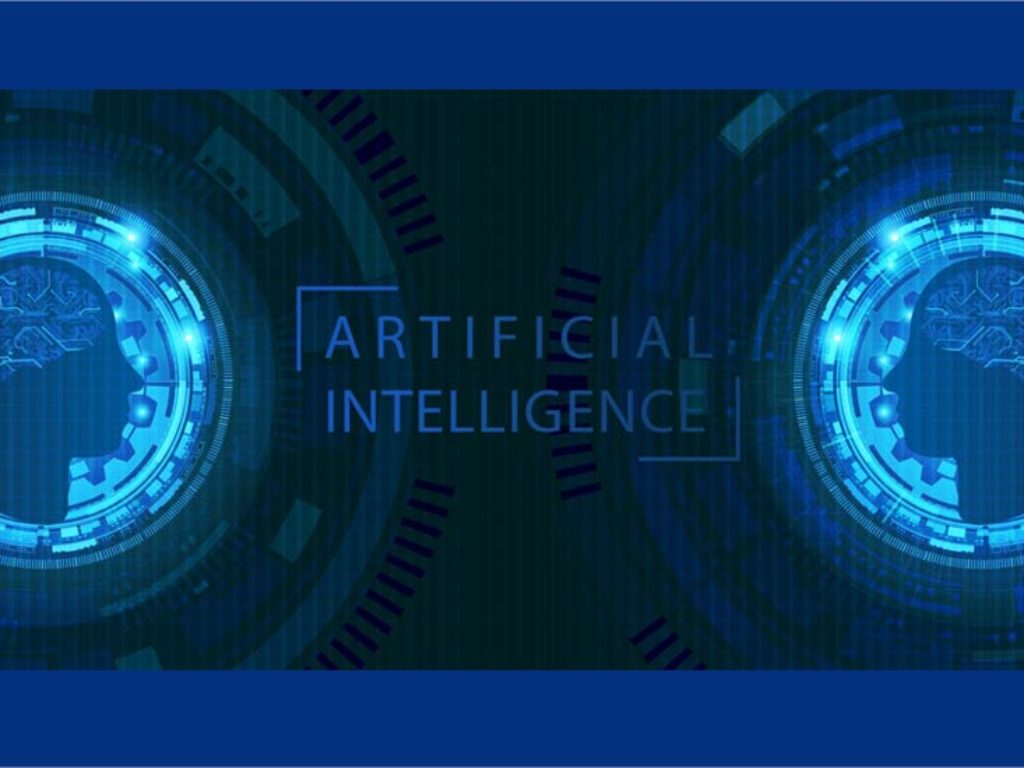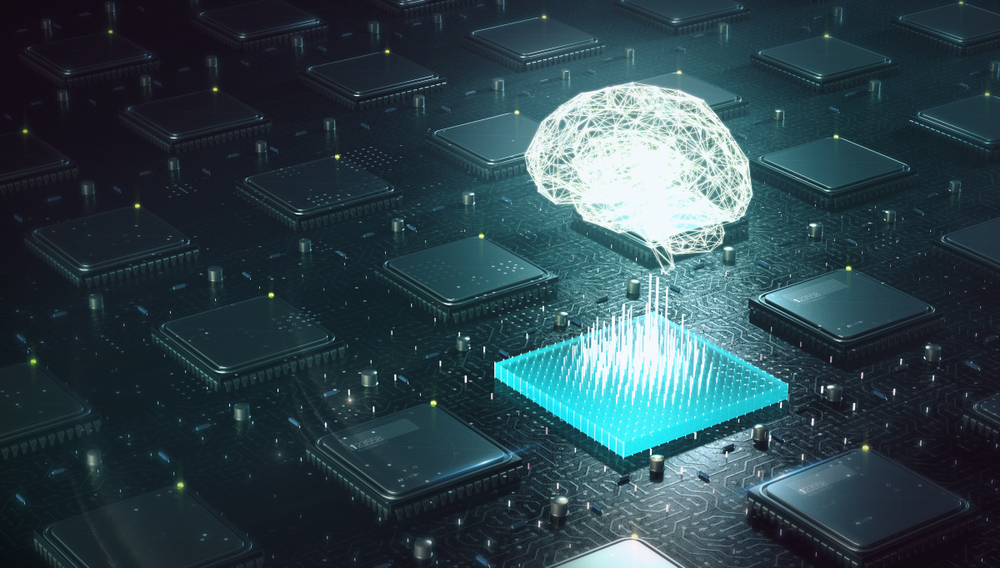In this contributed article, Ihar Rubanau, Senior Software Developer at Sigma Software Group, discusses how transfer learning has become a popular technique in computer vision, allowing deep neural networks to be trained with limited data by leveraging pre-trained models. This article reviews the recent advances in transfer learning for computer vision tasks, including image classification, object detection, semantic segmentation, and more. The different approaches to transfer learning are discussed such as fine-tuning, feature extraction, and domain adaptation, and the challenges and limitations of each approach are highlighted. The article also provides an overview of the popular pre-trained models and datasets used for transfer learning and discusses the future directions and opportunities for research in this area.
AI Under the Hood: Mixing Things Up – Optimizing Fluid Mixing with Machine Learning
Fluid mixing is an important part of several industrial processes and chemical reactions. However, the process often relies on trial-and-error-based experiments instead of mathematical optimization. While turbulent mixing is effective, it cannot always be sustained and can damage the materials involved. To address this issue, researchers from Japan (Tokyo University of Science) have now proposed an optimization approach to fluid mixing for laminar flows using machine learning, which can be extended to turbulent mixing as well.
How Companies Can Gain Value From Small Data
In this contributed article, Shanif Dhanani, CEO of Apteo, highlights four ways to circumvent the need for big data. While big data can fuel astonishing results, organizations can gain value from “small data” as well.






